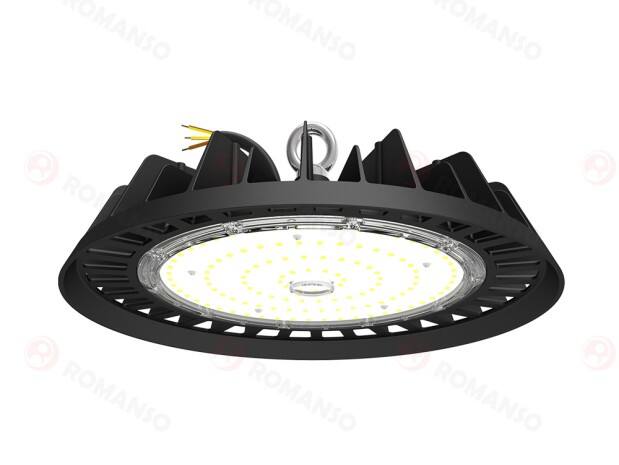LED Lighting Challenges in Automotive
2024
The application of LED lights in automotive lighting has been very extensive. From the initial interior lighting, such as instrument panels, backlights, reading lights, etc., to external lighting, such as near and far lights, daytime running lights, turn signals, high brake lights and combined taillights, LED lights have become an important part of modern automotive lighting systems.
The advantages of LED lights in automotive lighting are very obvious. First, LED lights are highly energy efficient, which means they can provide better lighting while consuming less energy.
Second, the long life of LED lights means that they can provide stable lighting for a longer period of time, reducing the frequency of maintenance and replacement. In addition, the response speed of LED lights is fast, which is very important for lighting that requires a fast response, such as turn signals and brake lights.
However, the application of LED lights in automotive lighting also faces some challenges. Chief among them is the heat dissipation problem. Because the LED lights in the automotive lighting system will generate a lot of heat, if the heat can not be effectively dissipated, it will lead to shortened life and reduced reliability of the LED lights.
In addition, thermal management is also an important factor to ensure the color stability of LED lights, if the temperature is too high or too low, it will affect the consistency and stability of LED lights. Therefore, it is necessary to adopt effective heat dissipation schemes and materials to prevent overheating.

 EN
EN
 AR
AR
 BG
BG
 HR
HR
 CS
CS
 DA
DA
 NL
NL
 FI
FI
 FR
FR
 DE
DE
 EL
EL
 HI
HI
 IT
IT
 JA
JA
 KO
KO
 NO
NO
 PL
PL
 PT
PT
 RO
RO
 RU
RU
 ES
ES
 SV
SV
 CA
CA
 TL
TL
 IW
IW
 ID
ID
 LV
LV
 LT
LT
 SK
SK
 SL
SL
 UK
UK
 ET
ET
 GL
GL
 HU
HU
 MT
MT
 TH
TH
 TR
TR
 FA
FA
 MS
MS
 GA
GA






